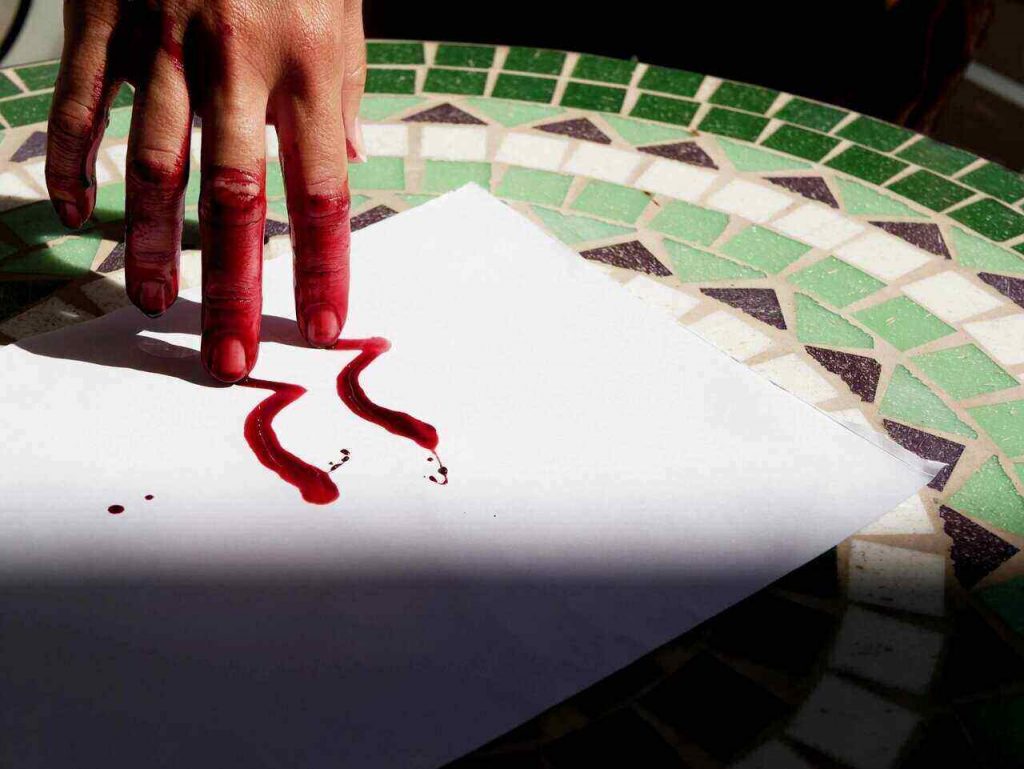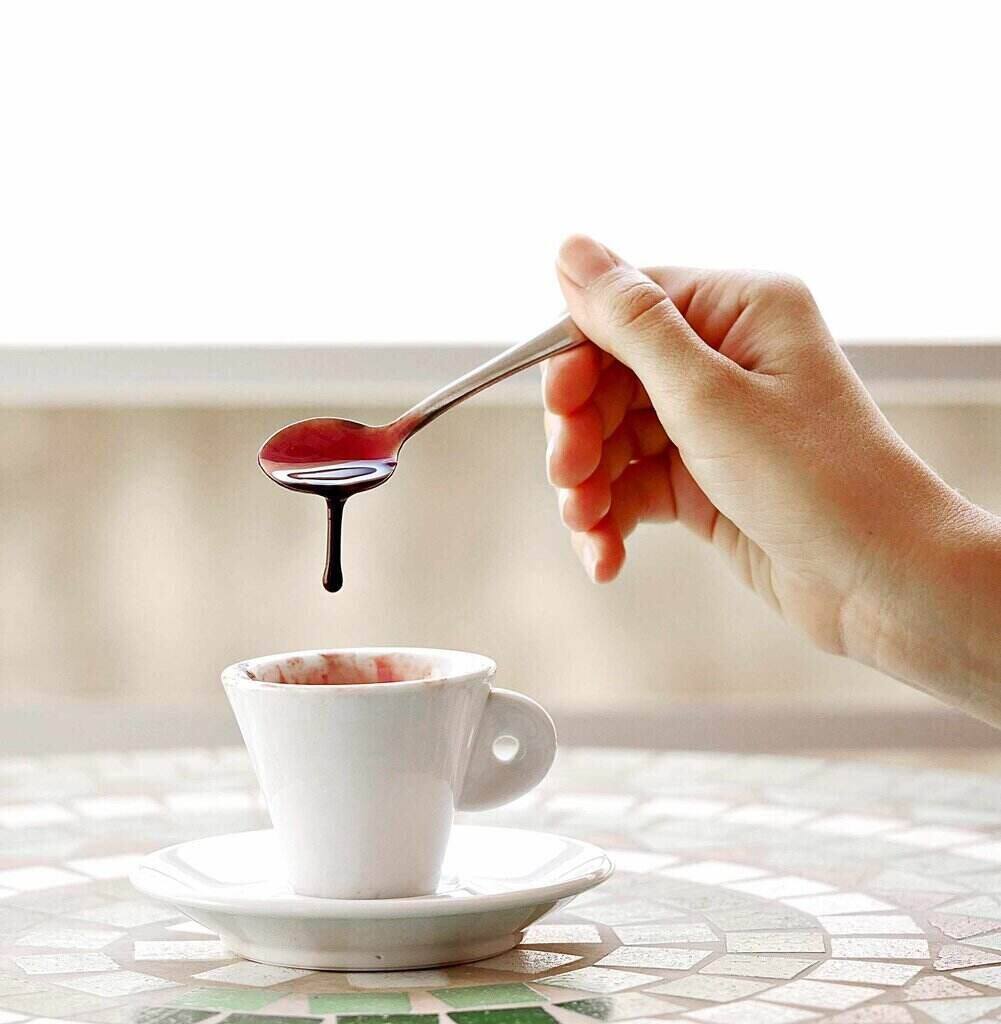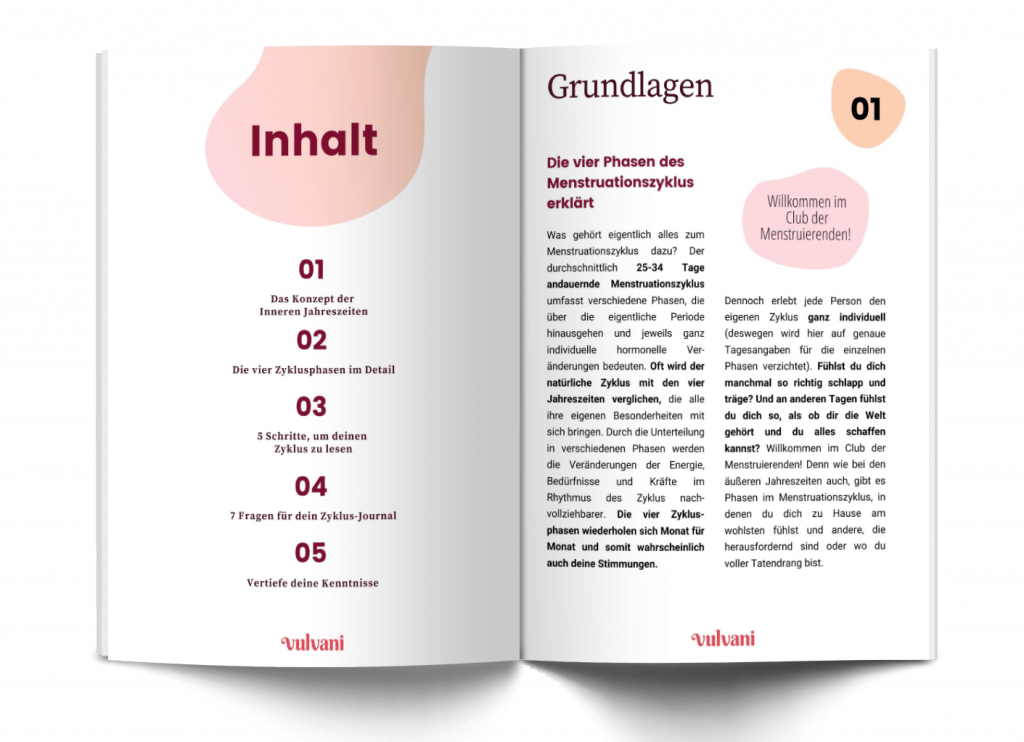
Discovering your menstruation as a spiritual practice
Yasmine understands her menstruation as a spiritual practice and shares in this interview how she is connecting more with her own body through cycle awareness.
I recently wrote an article about talking about your period and how to battle stigma about it. It talks briefly about common myths around periods in day-to-day life, and I wanted to expand the historical origins of this. The history of periods is not as bleak as it may seem; not all societies stigmatised or shamed them. But in this article, I wanted to talk about an aspect of the history of periods crucial in developing the stigma we experience today.
That is the idea of ‘impurity,’ which in the twentieth century was investigated scientifically in the search for menotoxins. Ideas about impurity in periods have persisted in societies across the world for centuries. In Europe, the influence of Pliny the Elder’s Natural History perpetuated the idea of ‘pollution’ from a menstruating body. This went hand in hand with prejudice from religious sources: menstruating people were banned from entering Church by Bishop Theodore of Canterbury in 690 CE. That mirrors how many holy sites throughout Asia are still barred to menstruating people today.
In India and Nepal, people often live in separate huts while menstruating, as some Hindus see menstruators as impure and unable to engage in daily life. There is a misconception that menstruators cannot even touch male, non-menstruating family members while they are on their period, or they will make them sick. This goes to show how widespread the myth is, which has a heavy impact on the present day. In many places, these beliefs are still practices, and in others the stigma remains. When period advertising began in the West in the 1870s, it focused on how it was something to be hidden or ashamed of. Period products couldn’t even be advertised on the television until the 1970s.

This idea of ‘impurity’ was subject to scientific investigation in the 1920s. The story goes that the paediatrician Béla Schick noticed that ten red flowers wilted a day after he received them. After asking the maid who put them in the vase, he discovered she had been menstruating at the time and sought to investigate further. He conducted experiments on menstruating and non-menstruating servants with flowers and bread dough. Supposedly his findings were that with the menstruating maids, the flowers wilted, and the bread refused to rise. This matched closely superstitions seen across Europe, wherein a menstruator could stop bread rising, kill plants, prevent jam setting, spoil milk and so on. Schick concluded that something must be secreted through the skin of a menstruator that was toxic.
At Harvard University in the 1950s, George and Olive Smith – specialists in reproductive diseases who would coin the term ‘menotoxin’—also investigated. They took samples of menstrual blood and injected it into small animals, which killed them. The Smiths took this as evidence that there must be a toxic substance in menstrual blood, but the gynaecologist Bernhard Zondek disproved this. He repeated the experiment, mixing antibiotics with the menstrual blood when he gave it to the small animals. The animals survived, which showed that it was the bacteria in the blood which killed them, not toxins.
However, when Schick’s story was retold in The Lancet in the 1970s, it sparked discussion again. Said discussion met an ignoble end when a doctor wrote in to point out that there was insufficient evidence for Schick’s claim. But 1977 still saw physiologists experimenting with menstrual blood. They were trying to find any substance that may be poisonous or may affect the menstruator’s mood. So, while the scientific grounding for the menotoxin—and larger ‘impurity’—theory is utterly unsupported, the dogged belief in it persists, nonsensical though it is. After all, if the menstrual blood that lines the uterus is toxic, why would embryos implant in it?

Lack of evidence or not, the persistence of impurity myths through the history of periods has a strong impact. The stigma mentioned in the previous article stems from centuries of oppression, secrecy, and shame. The myths mentioned earlier, like that menstruating people shouldn’t cook, touch flowers, or even talk to family members, only served to make people’s lives more difficult. While periods made not have been as regular in the past, due to poorer diets and nutrition, it was still a regular source of shame used to oppress people.
On the other hand, it’s worth noting that being banned from otherwise common household chores may have been welcome for some people. If you are feeling unwell, you probably don’t want to spend the day cooking or working on the farm. You might be happy to let someone else in the family take over. But the intent behind the traditions and superstitions is to ostracise menstruators, rather than make their lives easier. It still feeds into that culture of shame.
We simply would not be in the same culture we’re in today without the past. That applies to periods especially. While, hopefully, some of the traditional superstitions may be increasingly uncommon, some of them persist and remain dangerous to menstruators around the world. Furthermore, while the retired superstitions may not hold any sway, their stigma remains. People feel uncomfortable talking about their periods. Vulvani has written before about advertising for periods and the impact it can have. This advertising trend has developed over the last century and a half, with its beginnings rooted in shaming people who menstruate.
The menotoxin theory is, thankfully, no longer pursued, but the legacy it is a part of lives on across the world. In combating it, it is important to know where we have come from, so that we know what we must dismantle, and where we still need to go.
What do you say about experiments on menstruating people, the impurity theory, and the menotoxin theory? Write us your thoughts on the history of periods in the comments!



Yasmine understands her menstruation as a spiritual practice and shares in this interview how she is connecting more with her own body through cycle awareness.

What options are there for male birth control? Ailsa delivers an overview of what is available now, and what may come in the future.

Sustainable underwear? The founders of TUKEA talk about fair labour conditions, body diversity and body literacy.
…and empower countless women to make empowered choices about their bodies!


0 Comments.
Jains believe that the menstrautor is highly toxic during her cycle